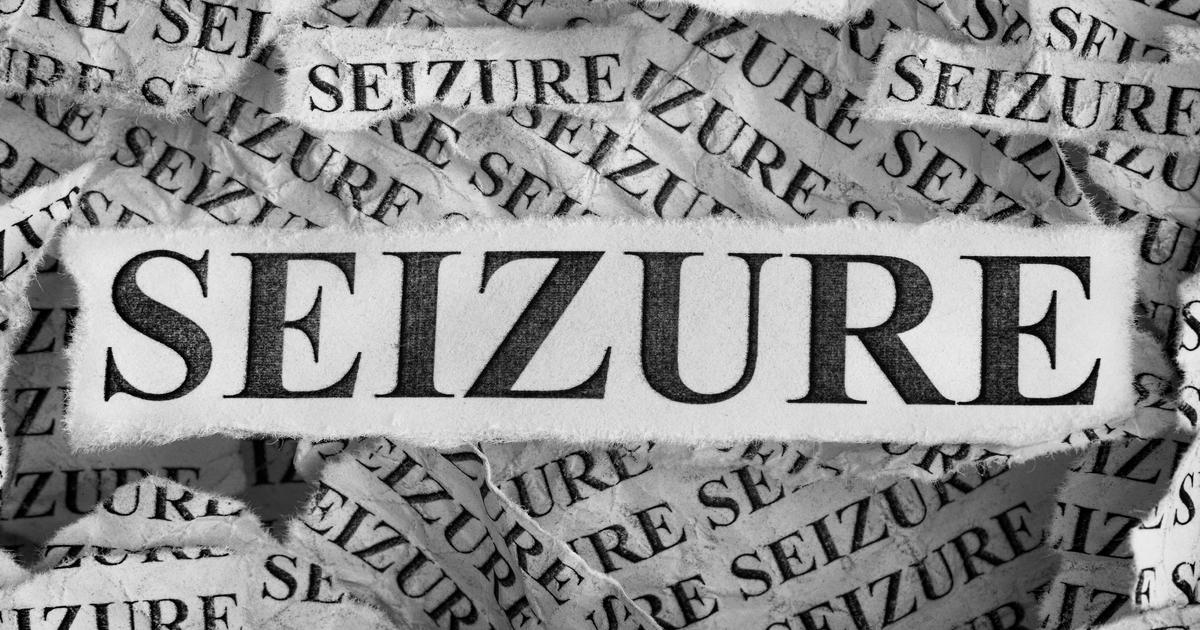Serious Symptoms Of A Subarachnoid Hemorrhage
Nausea and Vomiting
After the headache, patients might experience nausea and vomiting. This tends to occur fairly rapidly alongside pain and other neurological symptoms. If an individual has experienced the kind of headache typical of a subarachnoid hemorrhage, they should seek emergency medical treatment, especially if they begin vomiting afterward. The nausea and vomiting occur because of the bleeding causing the body to feel wrong. If patients are experiencing uncontrollable nausea and vomiting suddenly and without any apparent cause, they should seek medical treatment immediately to rule out medical emergencies. While it's unlikely the symptoms are related to a subarachnoid hemorrhage when they don't involve a headache, they might be related to another kind of bleeding in the brain, a ruptured stomach ulcer, or any number of problems with the digestive system. The body's systems are all carefully calibrated to work together, and the brain is what coordinates everything. When the brain is disrupted, everything is disrupted.
Read more about the symptoms of a subarachnoid hemorrhage now.
Seizures

A subarachnoid hemorrhage is a stroke. It will often present with debilitating neurological symptoms like seizures. The seizures may occur alongside a thunderclap headache or immediately after it. If individuals experience a seizure for no known reason, they should seek emergency medical treatment to make sure a serious underlying condition isn't causing it. Some patients might experience seizures without a known underlying cause. In addition, seizures might be caused by medication side effects. There are several types of seizures, though there's no guarantee which will occur following a subarachnoid hemorrhage. The most easily recognized is a grand mal seizure, which occurs when there is abnormal electrical activity moving through both halves of the brain. It causes a patient to fall to the ground and experience spastic muscle movements, along with a loss of consciousness. Because of the way the blood affects the brain during a subarachnoid hemorrhage, a patient may be more susceptible to a generalized seizure than a focal one. Focal seizures occur when there's abnormal electrical activity in just one portion of the brain.
Get more details on the warning signs of a subarachnoid hemorrhage now.
